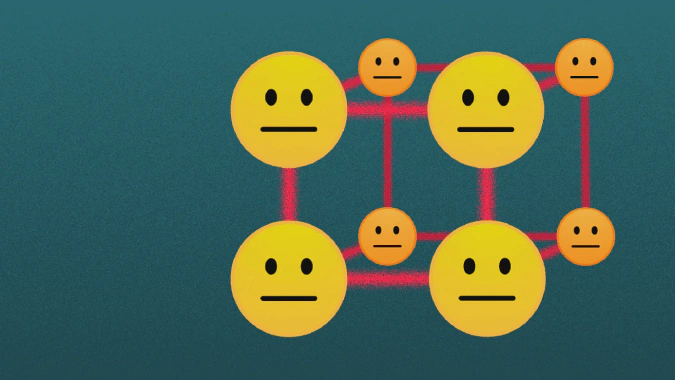“Making sense of the vast amount of data in the crypto ecosystem is pivotal to its health. There’s so much information out there that actionable intelligence might be hiding in plain sight.” ― Adam Zarazinski, CEO at Inca Digital
What data can show


Crypto is neither good nor bad. It’s “neutral technology” being used by the innocent and nefarious.
So says Adam Zarazinski, CEO of crypto data provider Inca Digital, which has a roster of clients ranging from hedge funds to businesses, to financial regulators and the U.S. Department of Defense, Crystal writes.
Why it matters: “We can identify risks happening in the crypto ecosystem before it hits the news,” Zarazinski says of Inca’s value proposition.
The firm collects and distributes market data, but also tracks data from blockchains, social media, websites and private and public forums.
Zoom in: When Solana wallets were hacked last year, Inca Digital could see a spike in mentions across social media hours before it was clear a hack was happening.
After the outbreak of Russia’s war in Ukraine, it saw a surge of trading from rubles to bitcoin and tether, later producing a report on how Russians could use crypto to evade U.S. sanctions.
And last year Inca uncovered a network of 3,000 entities that have stolen an estimated $10 billion, tracing pig-butchering scams back to certain Chinese nationals, Zarazinski said.
Of note: We told you about how pig-butchering works in January.
Between the lines: “The news gives you the impression that these are one-offs, two guys scamming people out of some money. That is not the case,” says Zarazinski, a former judge advocate general (JAG) for the U.S. Air Force.
The intrigue: Behind the social-media message or text, pig butchering organizations have head offices, branches, and operations in place for IT and communications, Zarazinski says.
There are training manuals.
Their employees are salaried, get time off and 20% to 40% commissions on “slaughters” that pay off.
Zoom out: Inca pitches private-sector clients on harnessing data for trading strategies, alpha generation, risk management and compliance.
Its work here could include a hedge fund monitoring regulatory risk, or an exchange tapping Inca’s tools to stay on top of scams.
Another use case is a fund seeking to determine the regulatory risk of a coin being deemed a security, Zarazinski says.
Analysis here would involve looking at how many developers are behind a project, how much code they’re producing and the coin’s geographic distribution — as well as how many exchanges hold it and how much is being moved, plus a lot more.
Be smart: The general thought is that the more centralized coins don’t pass the Howey Test.
The bottom line: Making sense of the vast amount of data in the crypto ecosystem is pivotal to its health.
“[FTX] — we couldn’t have stopped it, but there’s so much out there that we can” ― said Zarazinski